Jeff Bender of Bender Engineering & Construction has set out to build the most energy efficient home in Gray’s Crossing. The goal is to build a Net Zero Home. If anyone has the skills and background for the job – it is Jeff. He is building this Mountain Concepts/Dave Spear designed home for himself and his family.
Jeff is general contractor, but his resume doesn’t stop there. He is a professional mechanical engineer first who not only specializes in building it green but is passionate about it. As a LEED certified consultant, Jeff doesn’t just advise, he also builds green. He not only strives to help others with their Return On Investment (ROI), he applies his methods when he builds for himself.
I have been fortunate to get to know Jeff and his family while his son, Marc, played on a few teams I coached. During idle conversations, I learned Jeff was setting out to build the most energy efficient home on M41 in Gray’s Crossing, and I began peppering him with questions as it is very interesting. Then, I realized, I am probably not the only curious one. It seemed like a great story to follow along with a blog. Jeff was kind enough to take time out to educate me and agreed to let me follow along to spread the word. I will be checking in periodically and make a point to do so at key stages of the green build process.
We will examine the build, extra expenses, ROI, finished product and living experience the home provides as we follow along and after the family moves in.
The first step might be the coolest. In order to achieve his goal of a net zero home, four wells of depths between 250 and 270 feet had to be built.
At $9,000 per well this is a significant commitment. The wells are the ground source for the heat pump which can best be described as a “fridge on steroids”. The heat pumps will utilize the temperature from the ground 250 feet down to provide radiant floor heat and cooling as well as domestic hot water. In using the underground temperature as a starting point, typically 50F degrees, the energy needed to heat or cool to a desired temperature is less than what it would take to heat or cool from the temperature above ground. The ground source heat pumps can easily heat or cool the home when it’s -10F or 90F outside.
Jeff did the energy calculations to figure out that four wells were needed to provide heating and cooling for the house. His mechanical engineering degree provides him the expertise to do these evaluations.
The four wells all go to one manifold. Below you can see the lines from each well that will provide for the manifold. Once the manifold goes in, we will revisit for pictures.
Early in our first conversation, Jeff mentioned ROI. Being a realtor, this is obviously at the forefront of my mind as I know it is often the greatest consideration for consumers. I enthusiastically support decreasing our carbon footprints, and encourage others to do so as well. Yet I find, in the marketplace, when push comes to shove, many consumers go for the immediate savings. It is a matter of fact that it is more expensive to build green and home buyers often still take the road that offers less impact on their pocketbooks. However, I think as more are educated in the process we could see a swift change in this mindset.
When Jeff told me it could take only two years to recoup the costs to achieve what will hopefully be a net zero home, I was impressed. If the home does not end up being 100% net zero then the time frame to recoup the costs would adjust.
We will continue to explore the ROI as we go along. I have seen actual market examples where consumers have paid a higher price per square foot to get a more carbon footprint friendly home, and we will visit these examples as we evaluate ROI as well.
In future segments we will learn more about SPV (Solar Photo Voltaire) panels and wrapping a home in with a rigid insulation wrap. All of these are steps in creating a Net Zero Home.
While they continue to work on the home and work towards the next progress report I will continue to enjoy the backyard setting. The 15th hole is just in the distance. Not a bad backyard!
Doug
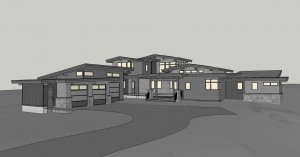
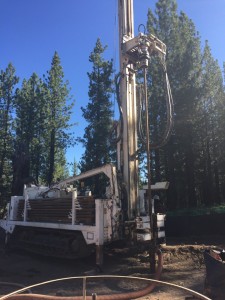
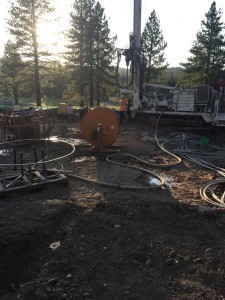
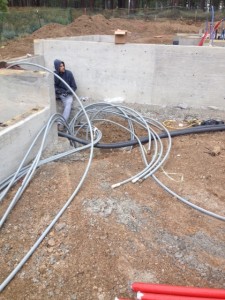
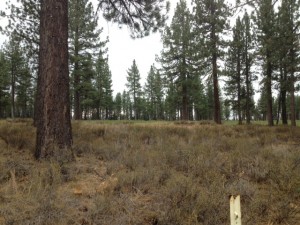
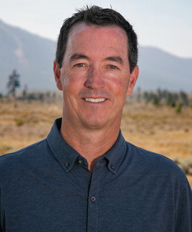

Leave a Reply